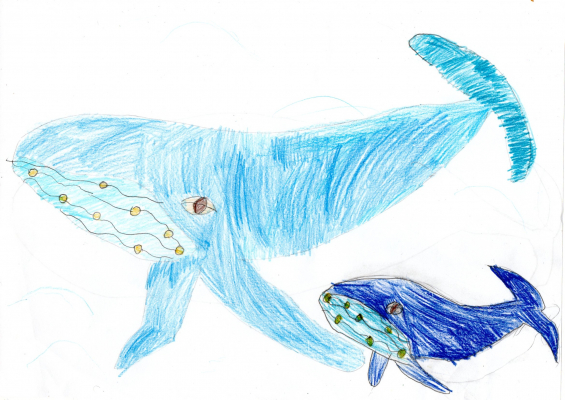Species of the Week - Week Three
Introduction
These are uncertain times. The Covid 19 pandemic forces many of our IWC community around the world to live and work remotely, away from families, friends and colleagues. Meetings, including our own Scientific Committee, will not be held in-person but virtually, as far as is possible, and we wait to see if our biennial Commission meeting will go ahead as scheduled in September.
Many observers have spoken of the need to reassess our relationship with our environment post-Covid 19, to ensure the vast global recovery programme that will be needed takes a new approach and considers One Health – human, environmental and economic. This will be a big challenge.
In the meantime, the IWC offers a very small challenge – hopefully a fun diversion for you, your children and anyone else sharing these tough times with you. Each week we will spotlight a cetacean species and ask three questions about that species. The answers will be found in a link to the IWC’s Whale Watching Handbook, a resource to support sustainable whale watching all over the world.
As well as testing or extending our knowledge of cetaceans, we hope that this will encourage you to think beyond these current, difficult circumstances and to the future when we can roam freely outside, watch whales, dolphins, porpoises and other wildlife once more, and with newfound appreciation of the variety and value of our environment.
Week Three: the gray whale - questions
Found close to shore and often curious around boats, gray whales are popular with whale watchers. In fact they were the focus of some of the first ever whale watching tours, along the coast of southern California. Below are three questions about gray whales. You will find the answers on the Gray Whale page of the Whale Watching Handbook.
What two things are usually found on the head and skin of gray whales?
How much food can a gray whale eat in one day?
Gray whales have a natural predator – what is it?
Week Two: the humpback whale - answers
The answers to last week’s questions on the humpback whale, taken from the Humpback Whale page of the Whale Watching Handbook:
The population that does not perform a seasonal migration is the endangered Arabian Sea humpback.
The famous humpback songs are performed only by males.
Two feeding strategies used by humpbacks are lunge feeding and bubblenetting.
Next week: the sperm whale
Picture competition
Thank you to this week's amazing artists:
If you would like the chance to see your drawing or photograph of a sperm whale posted on the IWC website, please send artwork (landscape format only please) to communications@iwc.int.
Have a good week and stay safe.

